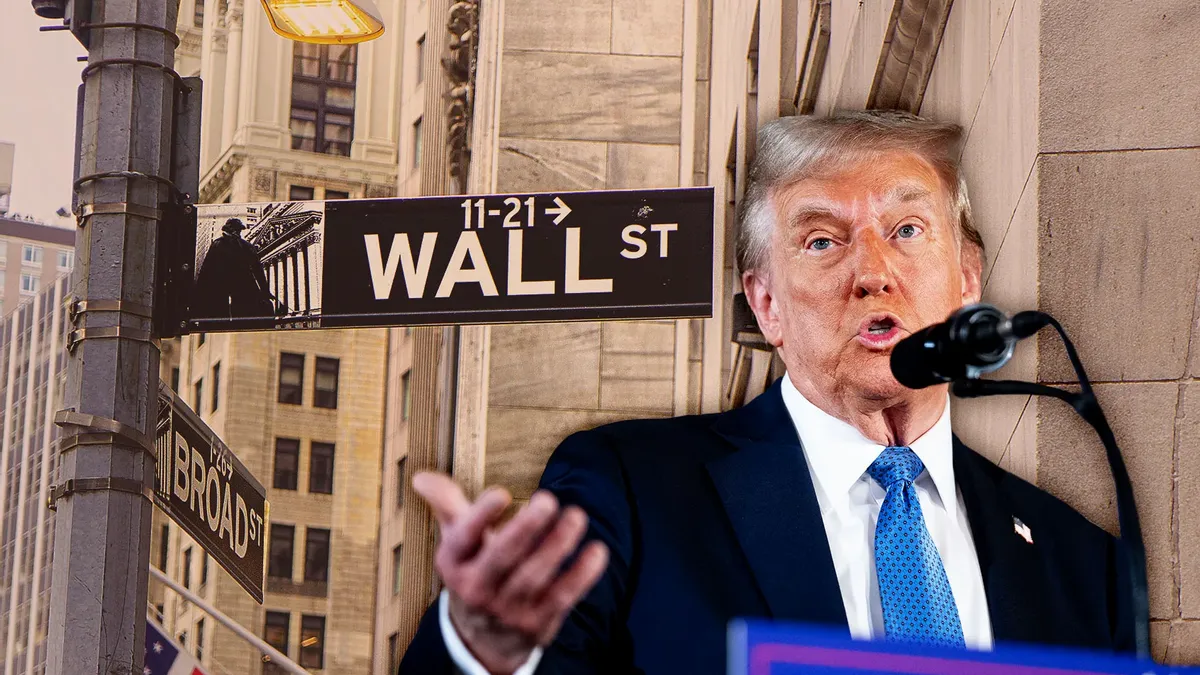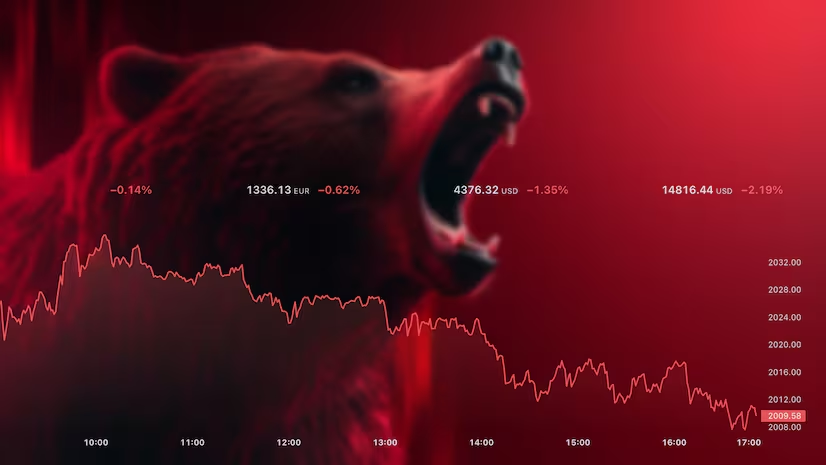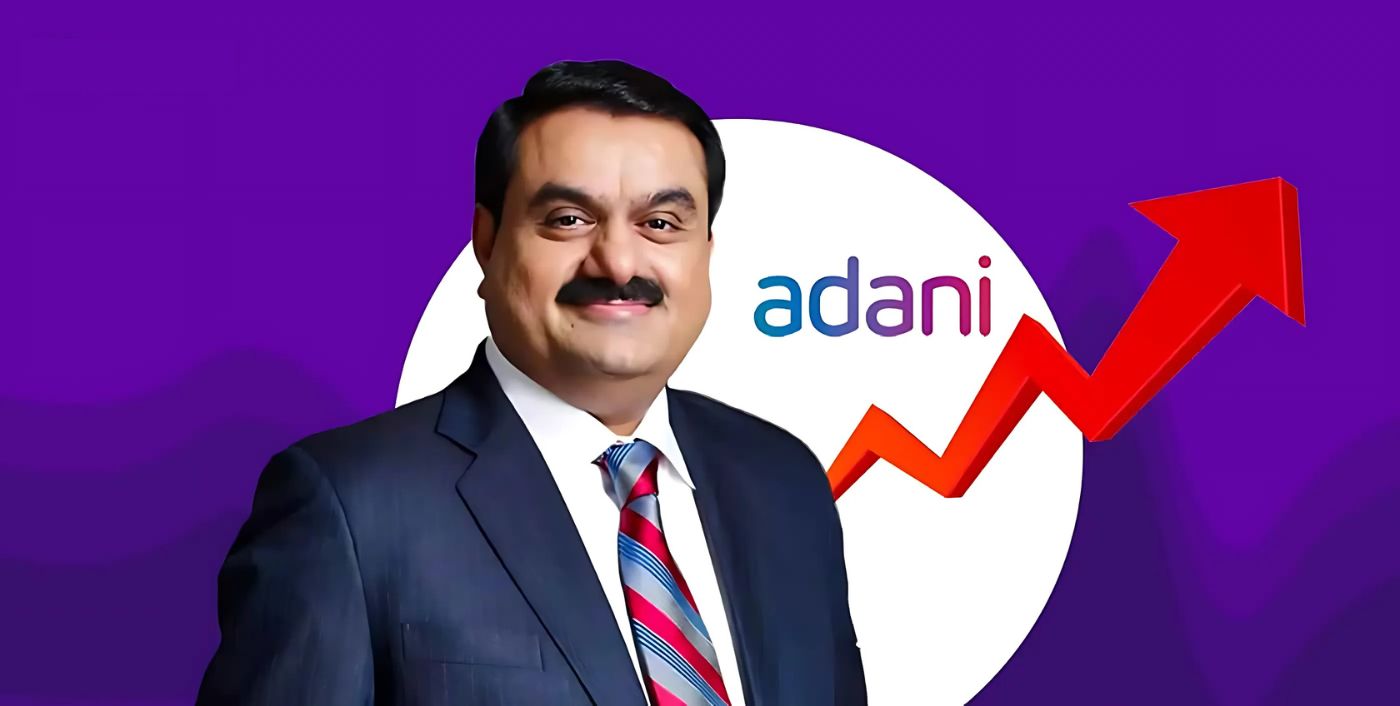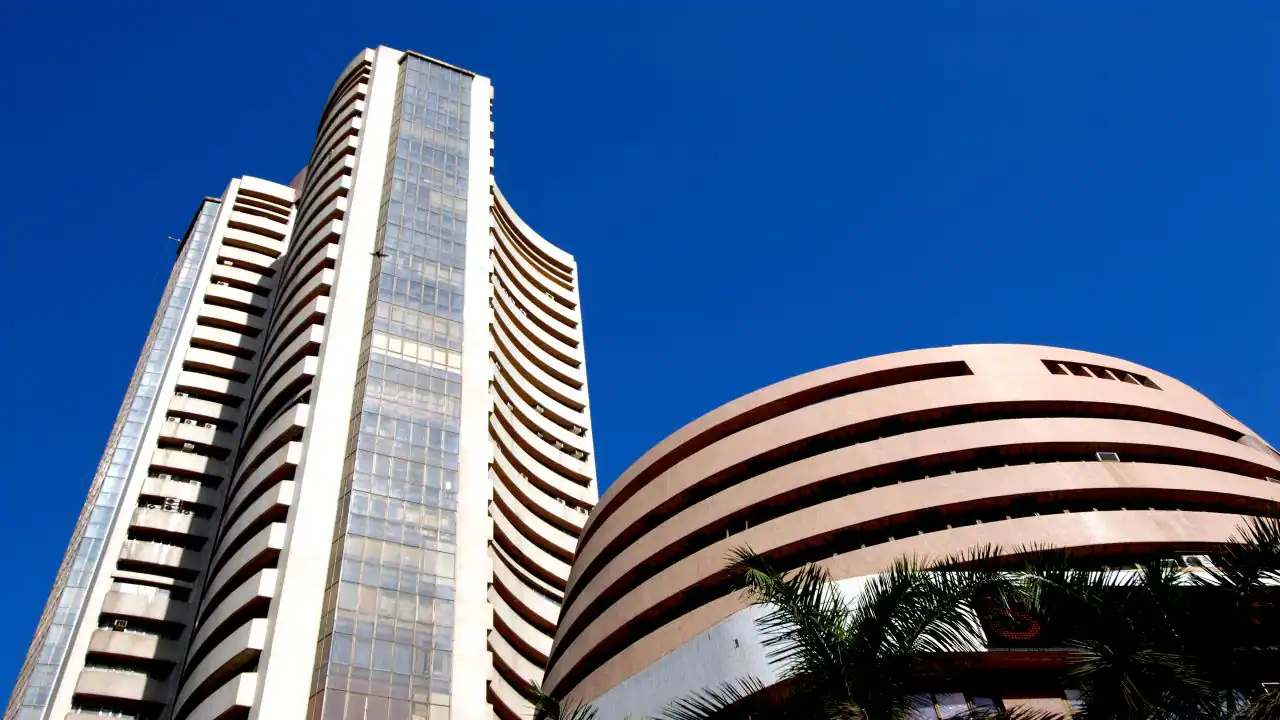Monday’s declines in the Sensex and Nifty 50 were caused by ongoing foreign money withdrawals and new tariff worries. At roughly 10:15 AM, the Sensex fell 650 points, or 0.80%, to trade around 70250, marking the fourth consecutive day of declines. At one point in the early morning session, the Nifty 50 index dropped more than 200 points. At 23380, the Nifty 50 index was down 180 points, or 0.76 percent, at the time this story was written.
At roughly the same time, the Nifty Bank Index fell 400 points, or 0.78 percent, to trade at 49750, falling below the 50,000 barrier.
Why Sensex, Nifty Are Falling? 5 Reasons
Let’s examine the five causes of today’s stock market crash:
Trump Tariff On Steel, Aluminium
President Donald Trump said he will impose new 25 per cent tariffs on all steel and aluminium imports. The move has added jitters over the global trade war with China’s reciprocal duties coming into effect.
Dollar Index Above 108
The rupee depreciated 45 paise to hit a record low of 87.95 against the US dollar on Monday. The dollar index, which gauges the greenback’s strength against a basket of six currencies, quoted 0.22 per cent higher at 108.28. Brent crude, the global oil benchmark, rose 0.63 per cent to USD 75.13 per barrel in futures trade.
Earlier on Saturday, Reserve Bank of India (RBI) Governor Sanjay Malhotra said that the market forces decide the value of rupee with respect to the US dollar and the central bank is not worried about day-to-day movement.
FII Selling
VK Vijayakumar, Chief Investment Strategist, Geojit Financial Services, said that with the dollar index above 108 and the 10-year US bond yield above 4.4%, FIIs will continue to sell the rally, restricting any potential upside.
Foreign Institutional Investors (FIIs) offloaded equities worth Rs 470.39 crore on Friday, according to exchange data.
High Valuations
VK Vijayakumar said that it is important to understand that valuations in India continue to be on the higher side, particularly in the broader market.
“The market needs fundamental triggers like indications on GDP growth and earnings rebound. Until then the market is likely to move only in a range. Investors should stick to fairly valued high quality largecaps,” he said.
Nifty 50 Resistance
Sameet Chavan, Head Research, Technical and Derivative – Angel One, said that Nifty 50 resistance levels remain at 100-point intervals, with key hurdles at 23800 (Tuesday’s high), 23900 (89 DEMA), 24000 (200 DSMA), and 24250 (previous swing high). A strong buying momentum is needed to surpass these levels; until then, traders should book profits at regular intervals. The market may continue consolidating in the near term within the 23250–23800 range, and a breakout from this zone could reignite momentum.








